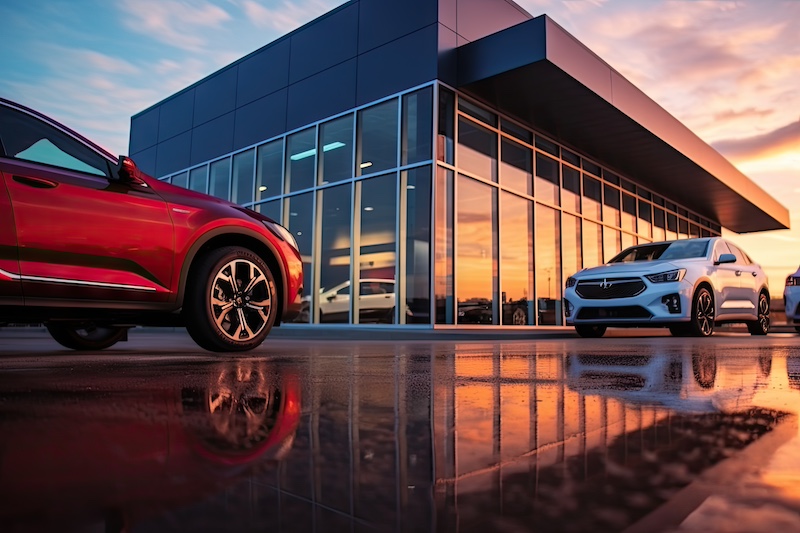The biggest threat of auto tariffs to consumers continues to be a large increase in car prices, but so far, two months after they were announced, that fear has yet to be fully realized.
The average transaction price for new vehicles was $48,799 in May, according to Kelley Blue Book and Cox Automotive. This was actually a slight dip from April’s $48,811 ATP, but a one percent increase compared to May 2024. While this stability offers some reassurance, there’s no telling when looming tariff price increases will begin to affect cars on the lot.
“While tariff policy is adding uncertainty to the new-vehicle market, prices are holding remarkably steady, a reminder that auto industry change is often slow,” said Erin Keating, Executive Analyst, Cox Automotive. “Many automakers are keeping true to a promise to hold the line on pricing, at least in the near term. We are still expecting prices to move higher through the summer, as the inflationary impact of tariffs begins to hit. Right now, we believe dealer profitability is being squeezed, as costs on many products are going up, but raising retail prices in this environment is a real challenge.”
New Vehicle Incentives and MSRP
Adding a layer of complexity to the pricing environment, incentives crept up slightly in May, reaching 6.8 percent of ATP or $3,297 on average, compared to 6.7 percent in April. This subtle change reflects varying strategies among automakers. Some, such as Volkswagen, Mazda, and BMW, cut incentive spending dramatically, while brands like Toyota, Tesla, and Nissan boosted their offers. Toyota’s incentive increase pushed spending to 4.1 percent of ATP, up from 3.4 percent in April, yet still well below the industry average.
While ATP might have seen a small drop in May, MSRP did not. The average manufacturer’s suggested retail price for a new vehicle in May was $50,968, up from $50,774 in April. This marks the highest MSRP this year, only topped by December 2024’s $51,990. It is also up 2.1 percent year over year with a long-term average increase of 3.5 percent.
Segment Spotlight
Compact SUVs, the nation’s most popular segment, saw minimal month-to-month price changes, maintaining an average price of $36,515. Incentives for the segment ticked up slightly to eight percent, reaffirming automakers’ commitment to maintaining demand in a high-volume category.
On the flip side, segments like sports cars, luxury cars, and luxury subcompact SUVs saw month-over-month price increases. These segments rose 5.8 percent, 2.1 percent and 2.9 percent month over month, respectively. Sports cars, in particular, have seen a long-term jump in price, up 12.4 percent year over year. Meanwhile, the small and mid-size pickup truck category showed just a modest 0.9 percent uptick in prices, bringing the average to $42,062. Incentives in the truck category fell slightly from 6.0 percent in April to 5.9 percent in May.
The Ever-Evolving Electric Vehicle Market
The electric vehicle (EV) category remains a fascinating look at shifting consumer demand. May saw the average EV transaction price decrease to $57,734, down from $59,123 in April and 1.1 percent lower than May 2024. EV incentives climbed dramatically to a record high of 14.2 percent of ATP or $8,225, more than doubling the industry-wide average. These generous incentives show the current tension around EV adoption, as automakers look to capture an increasingly stubborn customer base.
Tesla, while still leading the U.S. in EV sales, saw mixed results. The brand’s average transaction price fell by 1.5 percent month over month, landing at $55,277, driven in large part by a 2.9 percent price drop for its bestselling Model Y. The Model 3 and Cybertruck saw small price increases, but no other model followed suit.
Related Stories:









